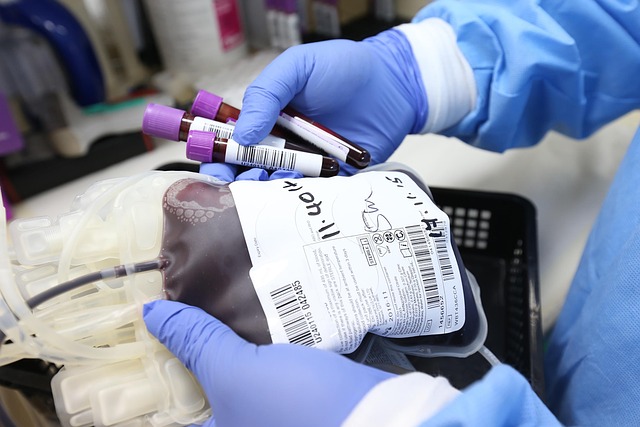Myeloma Treatment Options and Care
Multiple myeloma is a type of cancer that arises from plasma cells in the bone marrow and can affect blood production, bone strength, and organ function. Treatment approaches have expanded in recent years to include a mix of medical therapies, targeted agents, and supportive care aimed at controlling disease, relieving symptoms, and maintaining quality of life. This article summarizes common diagnostic methods, treatment options, side-effect management, and ongoing monitoring for people living with myeloma. This article is for informational purposes only and should not be considered medical advice. Please consult a qualified healthcare professional for personalized guidance and treatment.

What is myeloma and how does it relate to cancer and blood?
Myeloma, most often referred to as multiple myeloma, is a malignancy of plasma cells, a white blood cell type that produces antibodies. When these plasma cells grow abnormally they produce abnormal proteins (M-protein) detectable in blood or urine and crowd healthy bone marrow, which can interfere with normal blood cell production. The disease commonly causes anemia, increased infection risk, bone pain or fractures, elevated calcium levels, and kidney dysfunction. Understanding how myeloma affects the blood and bone marrow helps guide both diagnostic testing and treatment planning.
What medical tests diagnose myeloma?
Diagnosing myeloma typically requires a combination of blood and urine tests, imaging, and bone marrow examination. Blood tests often include complete blood count (CBC), serum protein electrophoresis (SPEP), immunofixation, and serum free light chains to detect M-protein and assess kidney function. Urine tests such as urine protein electrophoresis (UPEP) can detect light chains. Imaging — X-rays, MRI, PET-CT, or low-dose whole-body CT — evaluates bone lesions. A bone marrow biopsy confirms malignant plasma cells and helps characterize genetic features that influence prognosis and treatment choice. These medical tests together establish disease burden and guide initial therapy.
What treatment approaches are available for myeloma?
Treatment strategies vary by disease stage, symptoms, patient age, comorbidities, and lab findings. Initial medical treatment often combines classes of drugs: proteasome inhibitors (for example bortezomib), immunomodulatory agents (such as lenalidomide), and corticosteroids. Monoclonal antibodies (for example daratumumab) and newer targeted agents expand options for many patients. Autologous stem cell transplant is a common consolidation step for eligible patients after initial induction therapy. Radiation therapy can help control localized bone pain or spinal cord compression. For relapsed or refractory disease, additional lines of combination therapy, targeted drugs, or cellular therapies such as CAR-T may be considered within evidence-based protocols or clinical trials.
What are common side effects and supportive healthcare measures?
Treatments for myeloma can cause side effects including peripheral neuropathy, fatigue, low blood counts, infection risk, nausea, and kidney strain. Supportive healthcare measures aim to prevent or reduce these complications: prophylactic antibiotics or antivirals for infection risk, growth factors for low blood counts, bisphosphonates or denosumab for bone protection, hydration and monitoring for kidney function, and pain management strategies. Vaccination updates, physical therapy for mobility, and dental evaluation before bisphosphonate therapy are often recommended. Close coordination between hematology/oncology teams and primary care providers helps manage side effects and maintain overall health during medical treatment.
How is ongoing monitoring and long-term care managed?
After initial response, ongoing monitoring typically includes periodic blood and urine tests to measure M-protein or free light chains, routine imaging as indicated, and clinical assessments for symptoms. Frequency depends on disease activity and the type of treatment but often starts with monthly or every‑few‑months follow-up. Long-term care addresses survivorship issues: bone health maintenance, infection prevention, cardiovascular risk management, and screening for secondary cancers related to prior therapies. Patients are frequently advised to connect with local services, specialized myeloma clinics, or multidisciplinary teams in your area for comprehensive care and rehabilitation resources.
Conclusion
Myeloma treatment is a multifaceted process that combines diagnostic testing, targeted medical therapies, possible stem cell transplant, symptom relief, and ongoing monitoring. Advances in drugs and supportive care have increased the number of effective options, but individualized decisions require careful assessment of disease characteristics and patient preferences. Work closely with qualified healthcare professionals to understand the most appropriate diagnostic tests and treatment pathway for each case.






